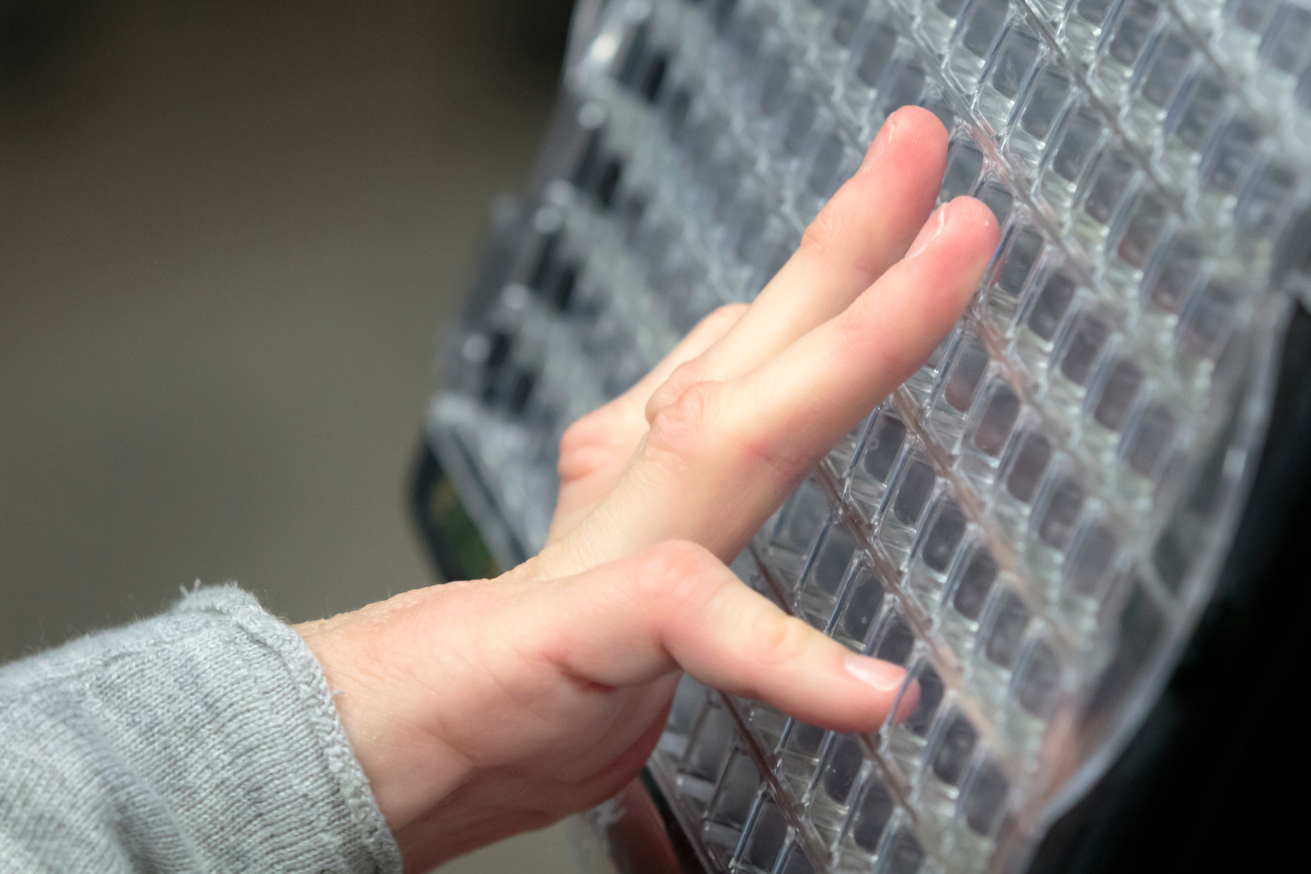Use and Perceived Effectiveness of Communication Modes

What is the name of the article?
Use and Perceived Effectiveness of Communication Modes Reported by Persons with Primary Progressive Aphasia
What was the goal of this study?
The goal of the study was to find out how often people with PPA use different types of communication modes. This study talks about 41 people with a wide range of PPA symptoms and the different ways they communicate with others. The people were asked questions about which modes they used the most and what one was the best for their style of communication. The tools were placed into three groups: no-tech modes, low-tech modes, and high-tech modes.
What did we find?
Persons with PPA reported using the no-tech communication modes most often, followed by high-tech modes and then low-tech modes. People with language challenges and disabilities due to PPA used many different communication modes often and with success. Most of the people in the study used at least 8 out of 12 modes for communication. The no-tech modes used most often were talking and facial expressions. The low-tech modes used most often were writing or pointing to pictures. A key finding of this study was that all participants used speech, facial expressions, and talking on the phone.
What did we learn?
Speech-language pathologists can track people’s use of communication modes over time to measure successes, look for barriers, and add or build on communication mode use. This can be done with surveys, trial and error, and talking to the people with a 1-on-1 conversation.
Why is this important?
Communication is needed for interaction and understanding the environments around us. People with PPA can communicate better when they have more resources that help them with communication.
Who are the authors of the study?
Aimee R. Mooney1, Megan Bravo1, Angela Roberts2, Elizabeth Salley3, Erin Blaze3, Marissa Esparza3, Melanie Fried-Oken1, Becky Khayum3, Leela Rao3, Alfred Rademaker3, and Emily Rogalski3
Authors are from: 1. OHSU School fo Medicine 2. Western University, London, Ontario, Canada 3. Northwestern University Feinberg School of Medicine, Chicago, IL
Mooney, A. R., Bravo, M., Roberts, A., et. al. (2023). Use and perceived effectiveness of communication modes reported by persons with primary progressive aphasia. American Journal of Speech Language Pathology, 32 (1), 298-305. http://www.doi.org/10.1044/2022_AJSLP-21-00386
Key Words:
Primary Progressive Aphasia (PPA): A disorder in which a person language expression and understanding declines over time.
Speech-language pathologist (SLP): A speech therapist who helps teach people skills to address speech, language, voice and swallowing disorders.
Alternative & Augmentative Communication (AAC): Communication methods, including non-verbal cues, used to support or replace speech or writing for people who have communication impairments.